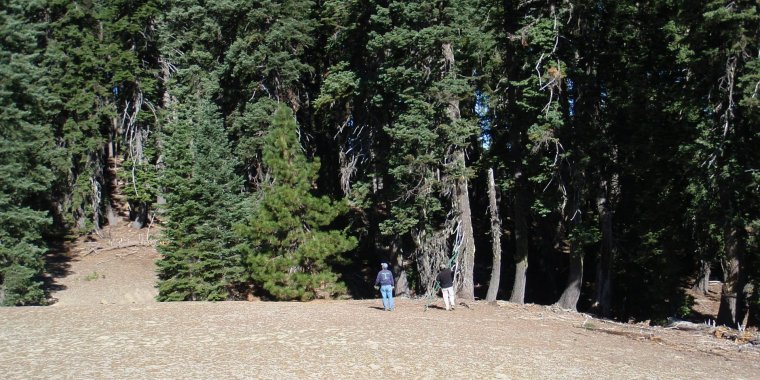| News / Science News |
New source of global nitrogen discovered: Earth’s bedrock
For centuries, the thinking has been that all the nitrogen available for plant growth worldwide comes from the atmosphere. But a new study at the University of California (UC), Davis, shows that more than a quarter of that nitrogen is derived from the weathering of Earth's bedrock.

Nitrogen from bedrock can result in side-by-side productive forests and barren acidic areas. Image credit: Scott Morford
The results demonstrate that up to 26 percent of the nitrogen in ecosystems is sourced from rocks, with the remaining amount from the atmosphere.
The findings show that rock weathering is a globally significant source of nitrogen to soils and ecosystems. That runs counter to the centuries-long paradigm that has laid the foundation for the environmental sciences.
Rock-derived nitrogen may fuel the growth of forests and grasslands, and allow them to sequester more carbon dioxide than previously thought. Mapping the nutrient profiles in rocks for their carbon uptake potential could help drive conservation efforts, the researchers said.
The work also helps solve the "case of the missing nitrogen." For decades, scientists have recognized that more nitrogen accumulates in soils and plants than can be explained by input from the atmosphere alone, but researchers couldn't pinpoint what was missing.
"We show that the paradox of nitrogen is literally 'written in stone,'" said co-author Scott Morford of UC Davis. "There's enough nitrogen in rocks, and it breaks down fast enough, to explain the cases where there has been this mysterious gap." (National Science Foundation)
YOU MAY ALSO LIKE



